What is Perlite? What is its use in the garden?

Have you ever used a bag of commercial potting soil? If so, you may have noticed small white objects that look like styrofoam balls in the mix.
These little balls are a type of mineral product called perlite. Every ingredient in those mixes have a beneficial effect on plants, and perlite is no exception.
If you want to become good at gardening or hydroponics, perlite can be your best friend. Seasoned gardeners swear by this mineral, and use it extensively in their horticultural endeavors.
What is so special about these queer, innocuous-looking balls? Learn more in our in-depth guide to all things perlite.
Don’t know where to find a good perlite product on the market? Here’s our favorite brand.
What is Perlite?
Perlite is the name of a naturally occurring mineral. In nature, it exists as a type of volcanic glass, created when the volcanic obsidian glass gets saturated with water over a long time.
And since fertile volcanic areas have been settled since biblical times (due to fertile soils), humans have been aware of perlite at least since Third Century BC.
Natural perlite dark black or grey colored amorphous glass. Amorphous means that it doesn’t have any definite shape or structure, unlike a crystal.
What is Perlite made of?
Like all other volcanic rocks, perlite is also pretty heavy and dense in its natural form. Perlite typically contains the following ingredients:
- 70-75% silicon dioxide
- Aluminum oxide
- Sodium oxide
- Potassium oxide
- Iron oxide
- Magnesium oxide
- Calcium oxide
- 3-5% Water
Since it is a naturally occurring mined mineral, perlite is a nonrenewable resource. The major producers are Greece, US, Turkey, and Japan.
It is a relatively cheap mineral and is often used for industrial purposes like construction and in the manufacture of plasters, masonry, and ceiling tiles.
But of special interest to us here is the use of perlite in gardening and hydroponics.
And for that, the hard mineral glass needs to be processed into the light, white colored, plasticky stuff that resembles styrofoam, confusing many a rookie gardener about its origin and purpose!
Lets’ look in detail at the processes that transform perlite glass into “perlite foam” in the next section.
How is Perlite Made?
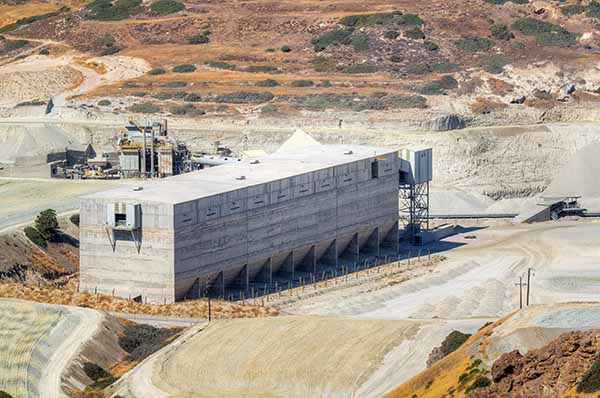
The processed perlite that we see in gardening mixes is basically “volcanic popcorn.” That is a very literal description.
Since perlite glass is rich in water, it pops when heated to very high temperatures, exactly like popcorn. So the processed perlite balls are created by crushing natural perlite glass and then baking them in industrial ovens.
To complete the transformation, crushed perlite needs to be heated quickly to 900 degrees Celsius (around 1650 degrees Fahrenheit). The mineral structure is softened by the heat, allowing the water trapped inside to expand into steam in a bid to escape.
The process leads to expansion of the crushed pieces of the mineral. It is not usual for perlite pieces to expand between 7 and 16 times their original size and volume, creating those lightweight faux-styrofoam balls.
The foamy balls have a lot of porous openings inside them and are clean, sterile and generally stable. It can hold its shape with ease in the soil without crumbling.
Significance of Perlite for Gardening
There are several reasons why perlite is such a useful additive to gardens and hydroponic setups. They mainly stem from its unique physical and chemical properties:
- Perlite is physically stable and retains its shape even when pressed into the soil.
- It has a neutral pH level
- It contains no toxic chemicals and is made from naturally occurring compounds found in soil
- It is incredibly porous and contains pockets of space inside for air
- It can retain some amount of water while allowing the rest to drain away
These properties allow perlite to facilitate two critical processes in soil/hydroponics, which are essential for plant growth:
Aeration
All plant cells need oxygen, even those that are underground. The green parts up top are capable of creating it during photosynthesis.
But down below, the root system has to absorb it from the soil. Aerating the soil allows little pockets of air to remain, which helps with the growth of strong root systems.
Draining
Without water, no living thing can survive. But when it comes to plants, excess water in the soil can lead to drowning.
In this situation, the root system is starved of oxygen, causing eventual death. Proper drainage is crucial to allow empty air spaces to remain in the soil.
Adding perlite to the soil improves its drainage capabilities, as it has excellent filtering and water draining capabilities. The presence of all those pores allows most of the excess water to drain off.
And those air pockets also mean that perlite is great for root systems as well. When the soil gets packed down, the air pockets are lost. But since perlite is a harder mineral, it retains its shape, keeping those air pockets around for the roots.
How To Use Perlite In The Garden
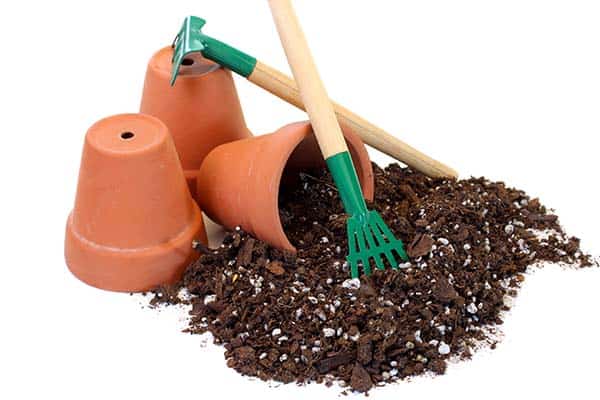
Perlite has several uses in regular gardens:
In Soil Mixes: you can make your own homemade soil mixes using a combination of perlite, loam, and peat moss in equal measures. In pots, it keeps everything loose, aerated and well draining.
On the surface: perlite can be scattered on the surface of the soil as well, where it acts as a wicking agent. It will gradually work down into the soil, improving drainage.
For root cuttings: it encourages root growth much better than just plain water. You can place your starting seeds or cuttings in an air-filled Ziploc bag contained moistened perlite for several weeks.
How To Use Perlite In Hydroponics
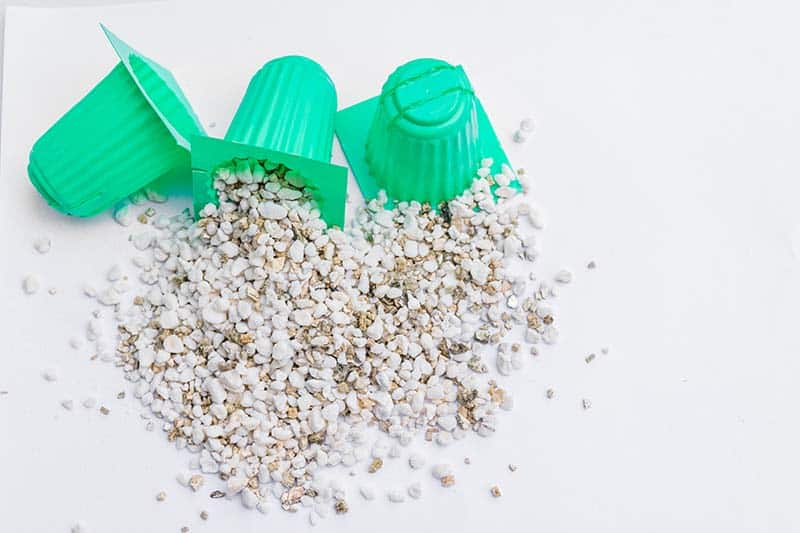
Perlite is equally useful in hydroponics and soil-less horticulture:
Propagation of plant cuttings: Perlite stimulates root growth, and prevents drowning by helping drain excess water away from the cuttings. It can be used with rooting compounds.
Standalone Growing Media: Perlite is a decent option in some instances as a hydroponic medium. But it is not suitable for high water settings, like deep water culture, or ebb and flow systems.
In mixture with other growing media. Perlite is commonly mixed with vermiculite in equal amounts (50-50). This greatly solves the water-retaining issue of Perlite while improving the water-holding capacity of vermiculite, making it able to use in the water-rich systems stated above.
Are there different types of Perlite?
Perlite manufactured for gardening and horticulture purposes are usually graded into three different categories depending on the size of the individual particles:
Coarse Perlite
This has the highest porosity and draining capabilities. It is best suited for succulent plants and orchids. It is also least affected by winds! But it doesn’t work its way up to the topsoil very easily.
Medium Grade Perlite
This straddles the middle ground regarding aeration and draining. It is best suited for potted seeds and seedlings.
Fine Perlite
This is the lightest grade, best suited for starting seeds and root cuttings. Fine particles of perlite can also be scattered lightly on top of the soil in your gardens and lawns.
Is Perlite Organic?
There are two ways to look at this:
From a chemistry perspective, organic compounds are those that contain carbon. Perlite does not contain carbon, so it is an inorganic mineral.
But in the context of growing stuff, like organic farming, the meaning or the word “organic” is different. It means something that is naturally extracted from the earth and doesn’t undergo significant chemical processing.
Perlite is a mined mineral that undergoes some physical processing. It is actually allowed by the National Organic Standards Board for use in certified organic agriculture.
So if you are planning to do some organic farming or horticulture, yes, perlite is a safe “organic” additive.
How Does Perlite Compare to Some Other Mineral Additives
Perlite vs. Vermiculite
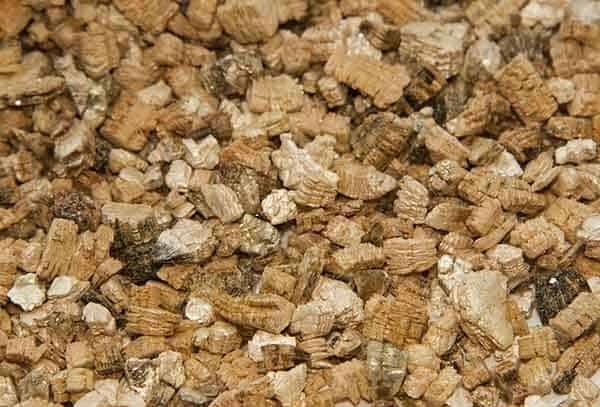
Perlite is directly comparable to another mineral additive called Vermiculite. Both have overlapping functions and help with soil aeration and seed starting.
Vermiculite also comes from some kind of rocks and expands in the same popcorn fashion like perlite. But vermiculite has a stronger expansion potential.
Perlite has more air porosity than vermiculite, and better drainage effects as well. Vermiculite, on the other hand, retains water much better than perlite.
Perlite is better suited for succulent plants, while vermiculite is better for tropical plants that need more moisture retained in the soil.
They both have their uses, and many experts tend to combine these two minerals in their soil mixes.
Perlite vs. Diatomaceous Earth
Diatomaceous earth is also a mineral additive, available in a fine powder form. It is commonly referred to as DE.
DE is used more for pest control than anything else in gardening. It also has high water retention abilities. But since it is a powder, it doesn’t help much with aeration.
DE is not really a contender against perlite in any conceivable way. Both additives can be used together, for their respective benefits to the soil.
Pros and Cons of Perlite
Pros
- Excellent for aeration of roots
- Very stable and inert structure
- Helps improve drainage
- Cheap and easily available
- Useful for hydroponics and gardening
Cons
- Finer grades are affected by airflow/winds
- Does not retain water
- Contains no nutrients
- Tends to float in excess water
- Give off dust. So wear a mask to protect your exhalation when working with perlite
1 review for Perlite (Potting Mix Ingredient)
Only logged in customers who have purchased this product may leave a review.

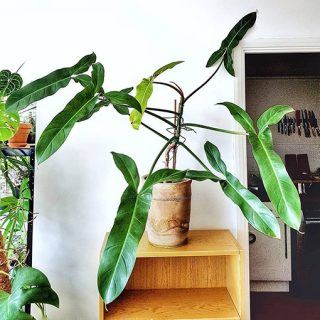
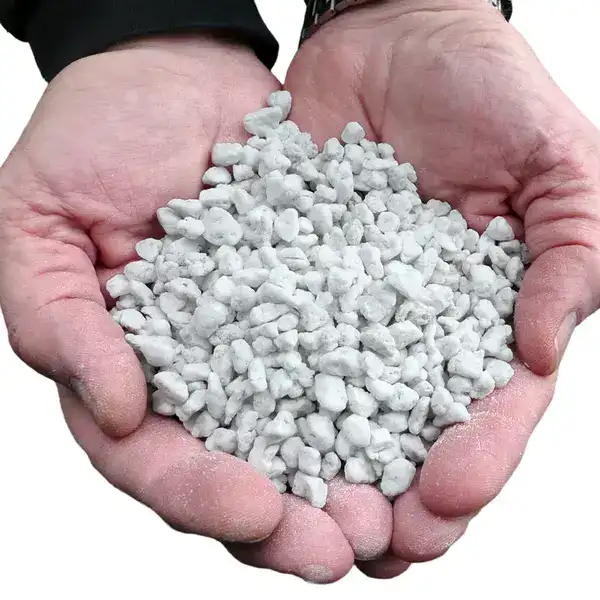
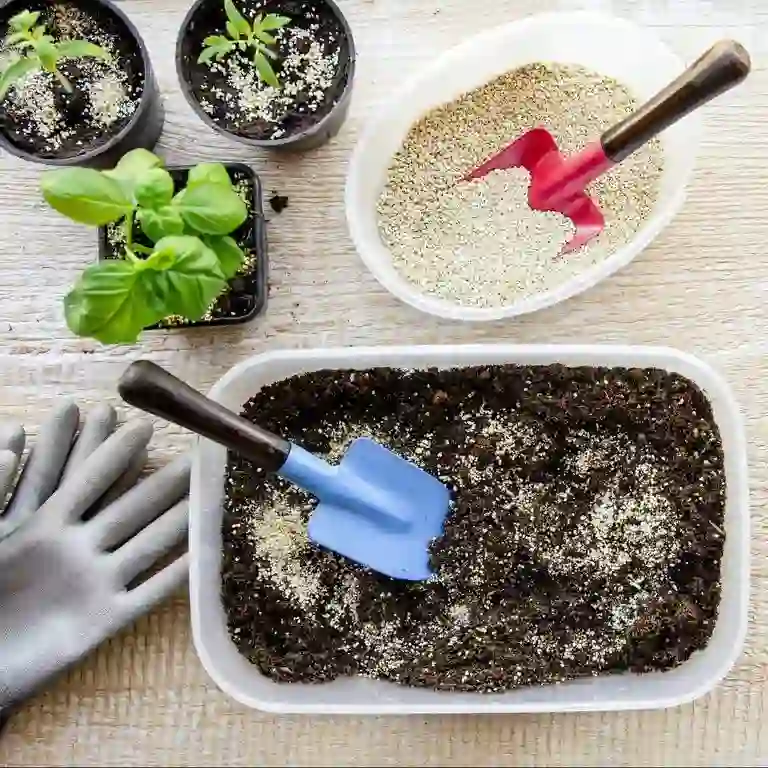
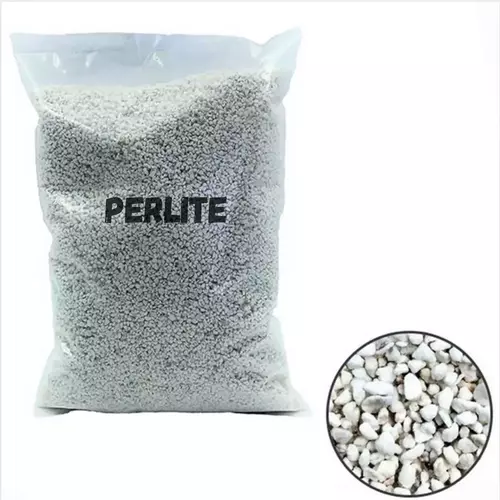
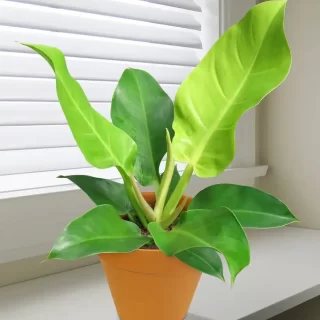
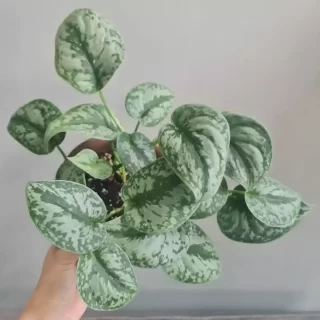

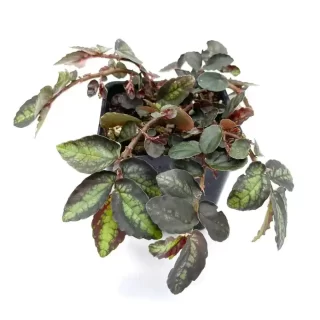
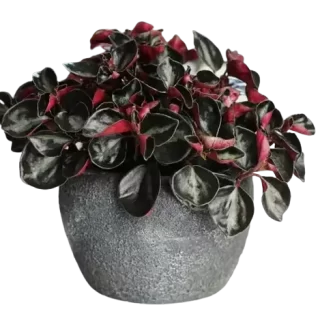
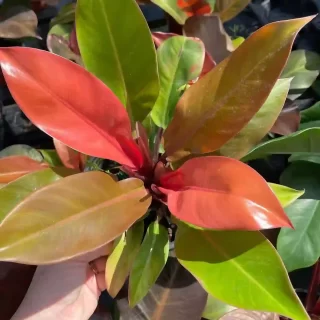
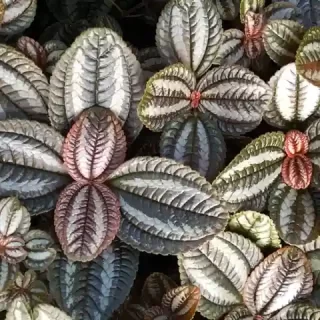
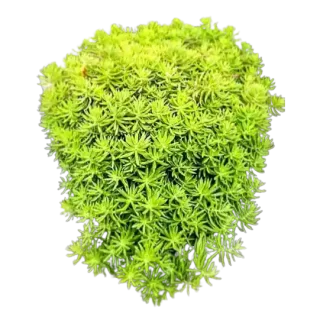
 If you need any assistance, I'm always here. Have you found what you were looking for?
If you need any assistance, I'm always here. Have you found what you were looking for?
Adithya –
Premium quality perlite